Banana Peppers or Jalapeños: Which Spice Rules the Banh Mi Sandwich?
Table of Contents
- Introduction
- The Role of Spice in Global Cuisines
- The Banh Mi Sandwich – A Spicy Fusion Classic
- The Pepper Battle: Banana Peppers vs. Jalapeños
- Buying Guide: Choosing the Right Pepper for Your Banh Mi
- Pro Tips for Spicing Up Your Banh Mi Game
- Conclusion
Introduction
The banh mi sandwich is a love letter to flavor fusion, blending French and Vietnamese culinary traditions into one unforgettable bite. From crispy baguettes to pickled veggies and creamy pâté, every ingredient plays its part — especially when it comes to spice.
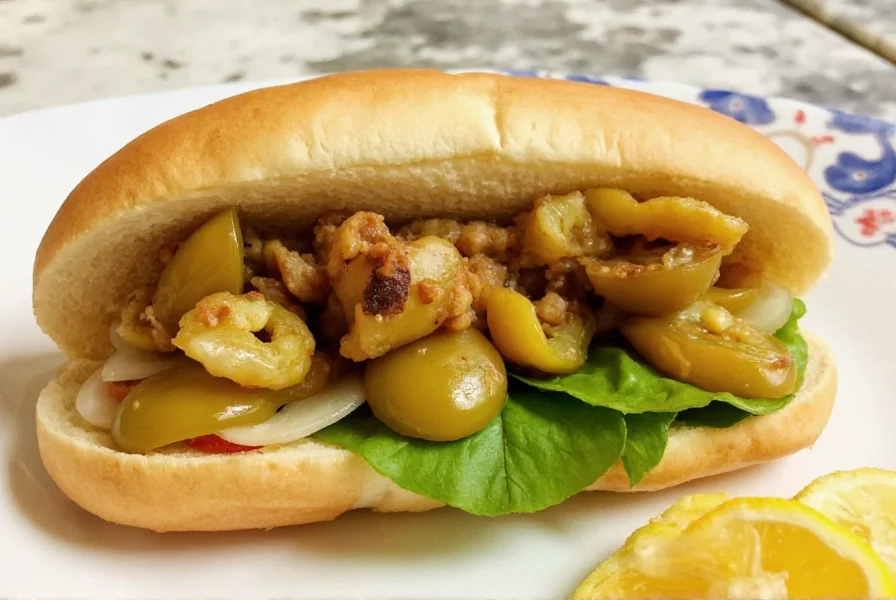
In this post, we're diving deep into the spiciest part of the banh mi equation: banana peppers versus jalapeños. Which one brings that perfect kick? Let's find out!
The Role of Spice in Global Cuisines
Spice isn't just about heat — it's about history, geography, and culture. Across the globe, different regions have developed their own signature ways to use spices to preserve, enhance, and elevate flavors. In Southeast Asia, where the banh mi originates, chili peppers are not just an addition but a staple in everyday cooking.
Whether it’s the smoky depth of paprika in Spanish dishes, the fiery punch of Scotch bonnet in Caribbean cuisine, or the aromatic warmth of cardamom in Middle Eastern sweets, spices shape identity and memory. The banh mi reflects this tradition by integrating a unique balance of tangy, savory, and yes — spicy — elements.
The Banh Mi Sandwich – A Spicy Fusion Classic
The banh mi is more than just a street food icon — it's a symbol of cultural adaptation. Born from the French colonization of Vietnam, this sandwich takes the crusty baguette and transforms it with bold Vietnamese flavors.
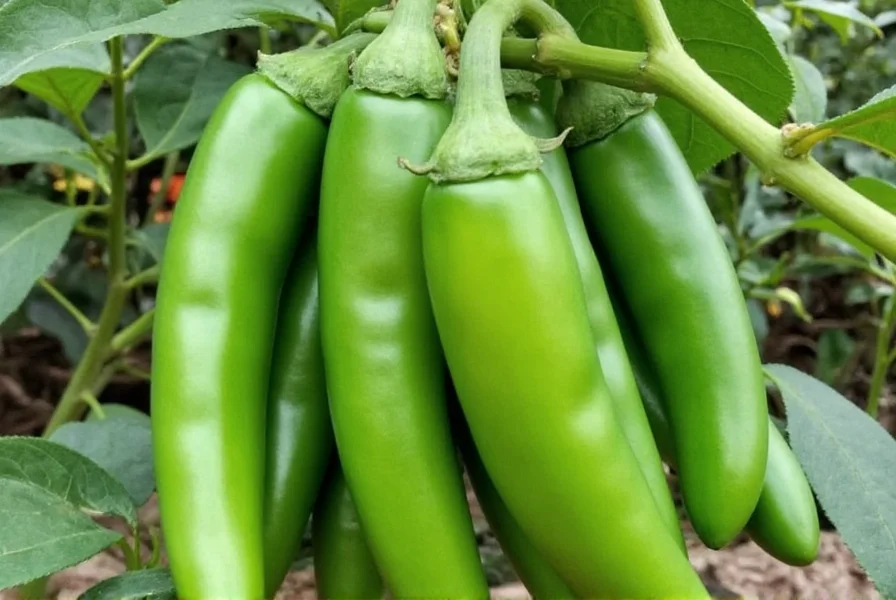
Here’s what makes a classic banh mi:
- Crispy baguette (French influence)
- Pâté or mayonnaise (nod to French cuisine)
- Grilled meats like pork belly or lemongrass chicken
- Pickled carrots, daikon radish, and cucumbers
- Fresh cilantro, cucumber slices
- And finally… chili peppers for heat!
Why Spice Matters in a Banh Mi
Spice adds excitement and contrast to the otherwise mellow and crunchy texture profile of the sandwich. Without that hint of heat, something feels missing — like dancing without music!
The Pepper Battle: Banana Peppers vs. Jalapeños
Let’s get right into the heart of the matter: which pepper truly deserves the spotlight on your next banh mi?
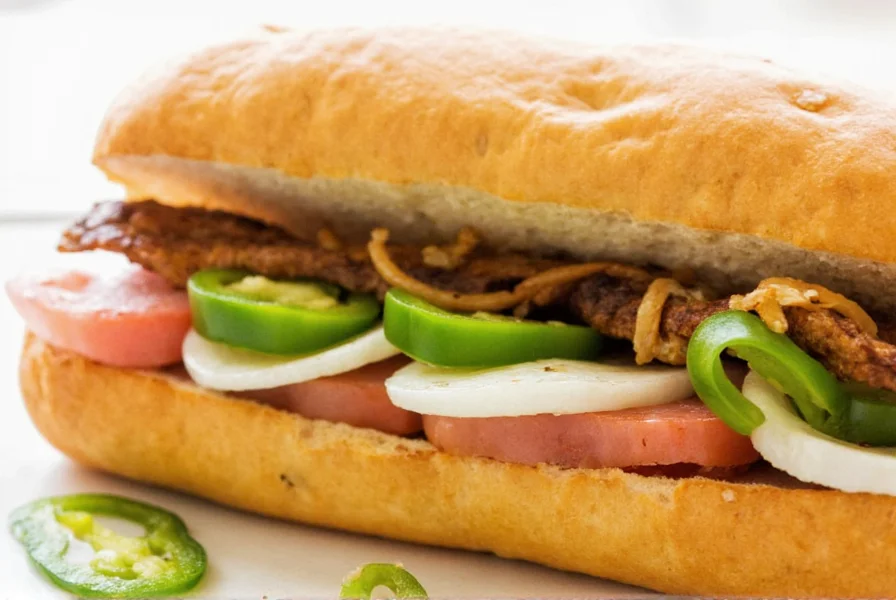
| Feature | Banana Peppers | Jalapeños |
|---|---|---|
| Heat Level (Scoville Scale) | 0–500 SHU (mild) | 2,500–8,000 SHU (moderate) |
| Flavor Profile | Sweet, tangy, slightly fruity | Grassy, earthy, robust |
| Texture | Soft yet crisp when pickled | Firm, meaty |
| Common Use in Banh Mi | Popular in traditional Vietnamese recipes | Used for extra heat in modern adaptations |
| Visual Appeal | Bright yellow color adds vibrancy | Dark green adds contrast |
When to Choose Banana Peppers
- You prefer a mild, slightly sweet heat
- You’re making a traditional Vietnamese-style banh mi
- You want to maintain the bright color palette of the sandwich
When to Go for Jalapeños
- You enjoy a moderate kick
- You're customizing your sandwich with Mexican or Tex-Mex flair
- You're catering to spice-loving friends
Buying Guide: Choosing the Right Pepper for Your Banh Mi
If you're shopping for peppers for your banh mi, here's what to look for and why each type shines under different circumstances.
Banana Peppers: Features & Benefits
- Features: Long, curved, usually yellow; often sold pickled
- Advantages: Mild heat, tangy flavor, versatile for both sandwiches and salads
- Use Cases: Pickling, adding subtle heat to sandwiches, garnishing bowls
- Target Audience: Home cooks, banh mi purists, spice-sensitive eaters
- Suitable Occasions: Casual lunches, family-friendly meals, lunch boxes
Jalapeños: Features & Benefits
- Features: Medium-sized, dark green to red, firm flesh
- Advantages: Moderate heat, bold flavor, great for grilling or slicing raw
- Use Cases: Tacos, nachos, banh mi, salsas
- Target Audience: Foodies, adventurous eaters, street food lovers
- Suitable Occasions: Parties, picnics, food challenges
Pro Tips for Spicing Up Your Banh Mi Game
- Mix and Match: Don’t be afraid to combine both banana peppers and jalapeños for a layered heat experience.
- Pickled Power: Use store-bought or homemade pickled versions for that extra tangy zing.
- Don’t Overdo It: One or two slices go a long way — you don’t want to drown out the other flavors.
- Balance with Cooling Elements: Add avocado, mayonnaise, or yogurt-based sauces to counterbalance the heat.
- Try Dried Chilies: For an intense heat boost, consider sprinkling in some crushed dried chilies or chili flakes.
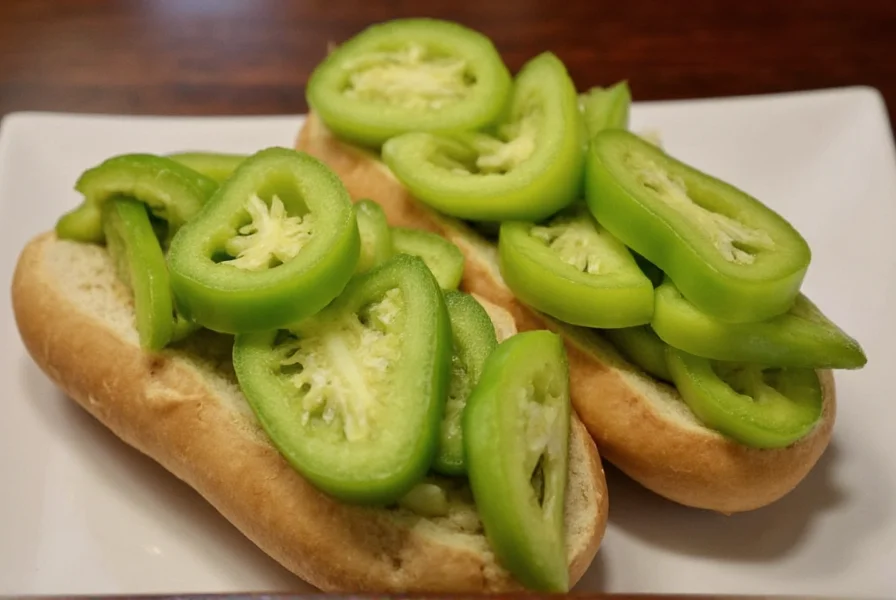
Conclusion
Whether you lean toward the mellow sweetness of banana peppers or the bold bite of jalapeños, one thing is certain: spice is what makes the banh mi stand out. This humble sandwich is a celebration of global influences, local ingredients, and personal taste.
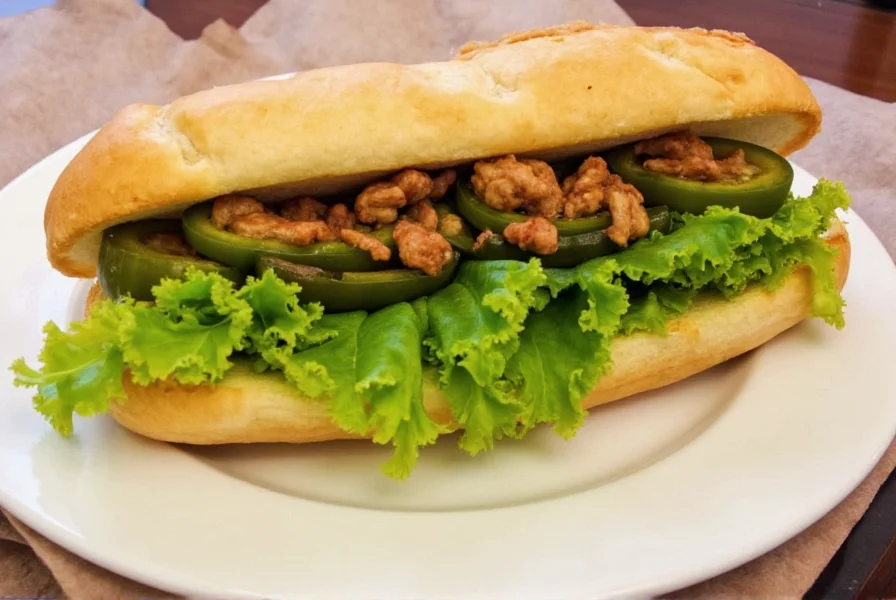
So next time you're crafting your own banh mi masterpiece, ask yourself: do you want to whisper with spice or shout it loud? Either way, you’ll be biting into a piece of culinary history with every flavorful mouthful.

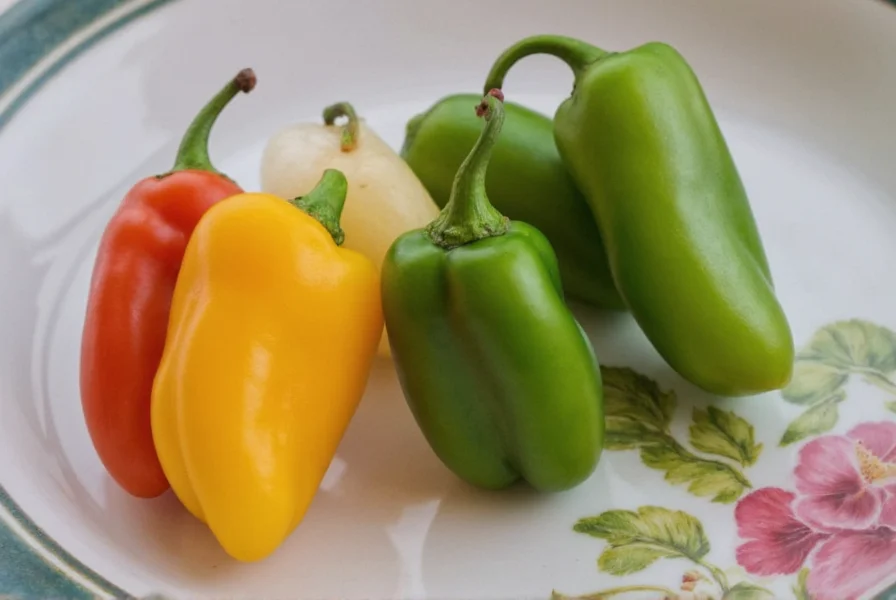









 浙公网安备
33010002000092号
浙公网安备
33010002000092号 浙B2-20120091-4
浙B2-20120091-4